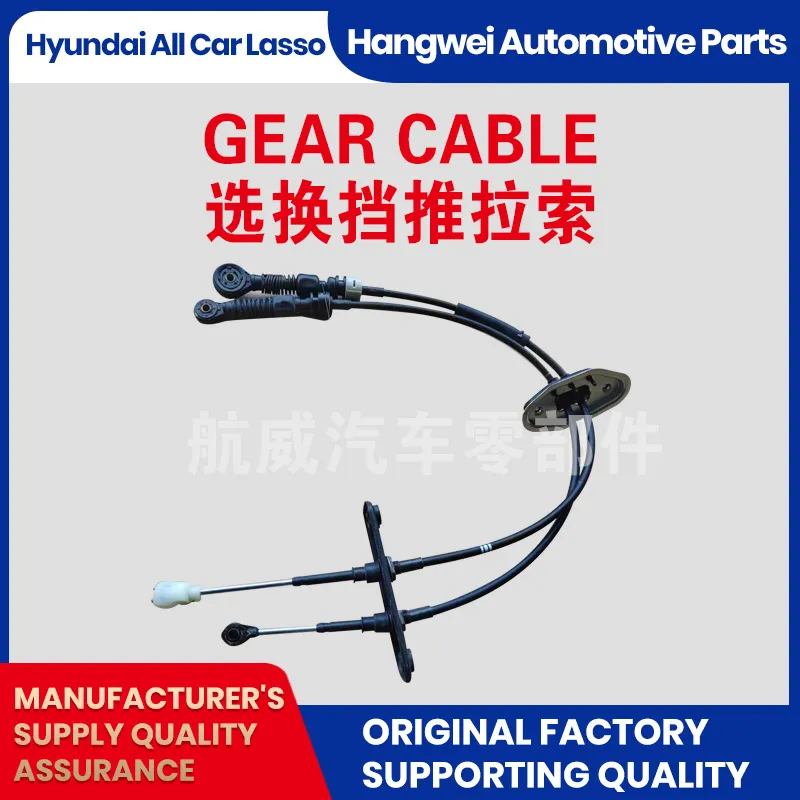clutch pipe
Understanding Clutch Pipes An Essential Component in Automotive Systems
The automotive industry has seen significant advancements over the years, with various components being honed for improved performance and durability. Among these components, the clutch pipe plays a crucial role in the operational efficiency of manual transmission vehicles. Although often overlooked, understanding the function and significance of the clutch pipe is essential for both car enthusiasts and everyday drivers alike.
What is a Clutch Pipe?
A clutch pipe, often referred to as a hydraulic clutch line or clutch fluid line, is a critical component that facilitates the operation of the clutch system in manual transmission cars. It serves as a conduit for hydraulic fluid between the clutch master cylinder and the clutch slave cylinder. When the driver presses the clutch pedal, the master cylinder generates hydraulic pressure that is transmitted through the clutch pipe to the slave cylinder, which then disengages the clutch, allowing for smooth gear shifting.
Importance of the Clutch Pipe
1. Fluid Transport The primary function of the clutch pipe is to transport hydraulic fluid. This fluid is essential for the clutch system to function correctly. If the clutch pipe is damaged or leaking, it can lead to a loss of hydraulic pressure, causing the clutch to fail and ultimately impacting the vehicle's drivability.
2. Durability and Reliability Clutch pipes are typically made from materials designed to withstand high pressure and temperature fluctuations. The durability of these pipes is crucial, as they must resist wear and tear from constant exposure to hydraulic fluid and the physical stresses associated with vehicle operation. A well-maintained clutch pipe can significantly extend the life of the clutch system.
clutch pipe

3. Enhancing Performance A properly functioning clutch pipe contributes to the overall performance of the vehicle. When the hydraulic system operates optimally, it allows for quicker and more precise gear shifts. This responsiveness is particularly important for performance vehicles, where the ability to shift gears rapidly can dramatically enhance acceleration and driving dynamics.
4. Maintenance and Inspection Regular maintenance and inspection of the clutch pipe can prevent unforeseen issues. It is advisable for vehicle owners to periodically check for signs of wear, such as cracks, leaks, or corrosion. Early detection of potential problems can save costly repairs down the line and ensure that the clutch system operates smoothly.
Common Issues with Clutch Pipes
Despite their importance, clutch pipes can encounter various issues. One common problem is leakage, which can arise from deteriorated seals, damage to the pipe, or improper installation. A leaking clutch pipe not only hampers performance but also poses a safety risk, as it can lead to clutch failure, making it difficult or impossible to shift gears.
Another issue can be air entering the hydraulic system, which can occur due to leaks or damage to the pipe. This air can cause a spongy clutch pedal feel and reduce the responsiveness of the clutch, impacting the overall driving experience.
Conclusion
In conclusion, while clutch pipes may not be the most glamorous components of a vehicle, their importance cannot be overstated. They play an integral role in ensuring that the clutch system operates efficiently, enhancing the driving experience. Regular maintenance and inspection of the clutch pipe are essential practices for vehicle owners to keep their manual transmission cars performing at their best. Understanding the clutch pipe's function and potential issues can empower drivers to take proactive steps in maintaining their vehicles, ultimately leading to a safer and more enjoyable driving experience.
-
Upgrade Your Vehicle with High-Quality Handbrake CablesNewsNov.01,2024
-
Optimize Your Bike's Performance with Quality CablesNewsNov.01,2024
-
Enhance Your Vehicle's Performance with Quality Clutch ComponentsNewsNov.01,2024
-
Elevate Your Vehicle's Performance with Quality Throttle CablesNewsNov.01,2024
-
Elevate Your Vehicle's Performance with Quality CablesNewsNov.01,2024
-
Affordable Solutions for Your Cable NeedsNewsNov.01,2024
